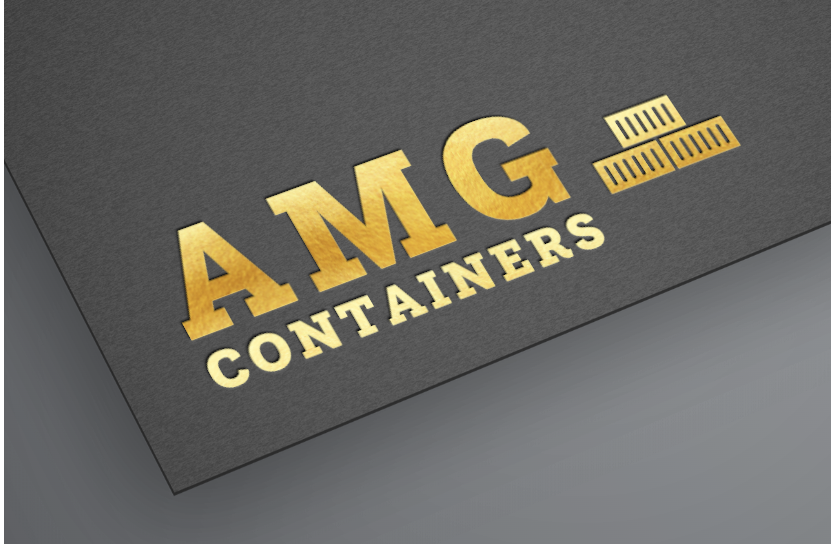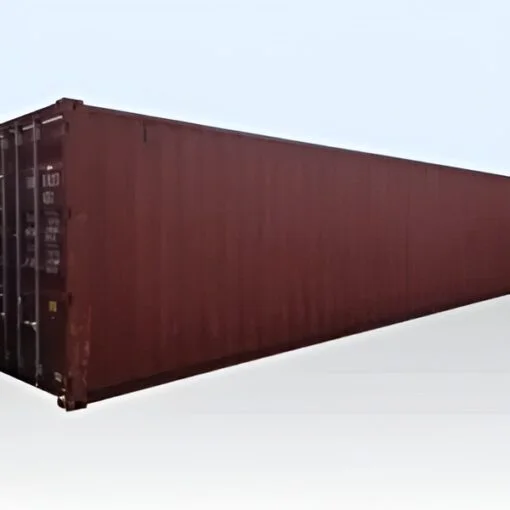Blog
How to Choose the Right Shipping Container
How to Choose the Right Shipping Cargo Container: A Smart Buyer’s Guide
Shipping Cargo containers are no longer just for moving goods across oceans. Today, they’re used for on-site storage, mobile offices, tiny homes, pop-up shops, and much more. But with so many types and sizes available, how do you choose the right one?
Whether you’re a first-time buyer or expanding your fleet, this guide will walk you through the key things to consider when choosing the perfect shipping container for your needs.
Selecting the perfect shipping cargo container can be the game-changer for secure storage, transpiration, or unique café or office conversions. With all the sizes, grades, and specialty types to fit your requirements, it is beneficial to consider what is perfect for your individual requirements and budget.
Here, we’ll dissect all that you must know prior to purchase — from container grades (new or used) to other types such as high cube, open side, and tunnel containers. Whether business owner or homeowner planning a container venture, this guide will assist you to find the ideal container that has the greatest value, strength, and performance.
Find the intelligent investment choice for a shipping cargo container — and reap the maximum return for your dollar.
📦 1. What Will You Use It For?
The most important question: what’s your primary use case?
- Storage: Standard containers (dry vans) work best.
- Living or work space: Consider high cube or modified containers.
- Temperature-sensitive goods: Go with a reefer (refrigerated container).
- Oversized or irregular cargo: Choose open-top or flat rack containers.
- Tight spaces: Opt for a 10-foot or mini container.
📝 Pro Tip: Clearly define your purpose before shopping—it will instantly narrow your choices.
📏 2. Choose the Right Size
Shipping cargo containers come in a few standard sizes:
➤ 10-Foot Container
- Great for: Tools, personal storage, tight job sites
- Easy to transport and place almost anywhere
➤ 20-Foot Container
- Most common for general use
- Capacity: ~1,170 cubic feet
- Great for: On-site storage, construction, moving
➤ 40-Foot Container
- Twice the storage, ideal for bulk items
- Great for: Commercial use, warehousing, logistics
➤ 40-Foot High Cube
- Extra vertical space (9’6” height)
- Great for: Modifications, mobile offices, tiny homes
📐 Make sure to measure your available space for delivery access and placement before buying.
🧱 3. Consider Condition: New vs. Used
Not all shipping cargo containers are built the same—especially after years of use.
✅ New (One-Trip)
- Only used once for international shipping
- Like-new condition, no rust or dents
- Ideal for building projects or long-term use
🔄 Used (Cargo-Worthy or Wind/Water Tight)
- More affordable
- Great for storage or short-term needs
- May show cosmetic wear, but still functional
💬 Ask for pictures and inspection reports before buying used containers.
❄️ 4. Do You Need Insulation or Climate Control?
If you’re storing items like food, electronics, or anything affected by heat or cold, consider:
- Reefer Containers (refrigerated, temperature-controlled)
- Insulated Containers (non-powered, retains heat/cool)
- Add-on options like spray foam or panel insulation for conversions
🔥 Hot climates? Insulation will protect your goods and increase comfort if you’re converting.
🚪 5. Check for Door Type & Accessibility
Not all doors are the same. Think about:
- Standard double doors for general access
- Roll-up doors for frequent or fast access (modification)
- Side-opening containers for wide or long item loading
- Man doors or windows for offices or workshops
🛠️ You can also modify standard shipping cargo containers to include multiple access points.
🚚 6. Delivery Options & Site Access
Don’t forget the logistics of delivery:
- Is your site level and accessible by truck?
- Do you need a crane or tilt-bed truck for offloading?
- Are there clearance issues (trees, fences, power lines)?
🚛 Ask your supplier about delivery equipment and access requirements before confirming your order.
💰 7. Budget & Long-Term Use
Cheaper isn’t always better. Think about:
- How long you plan to use the container
- Whether you’ll move it later
- If modifications are required
- Total cost of delivery, setup, and customization
⚖️ Sometimes spending a little more up front will save you major hassle down the road.
🛒 Final Checklist Before You Buy
✅ What will the shipping cargo container be used for?
✅ What size fits your needs and space?
✅ New or used—what condition is acceptable?
✅ Do you need insulation or modifications?
✅ Can your site support container delivery?
✅ Is your budget realistic for what you want?

